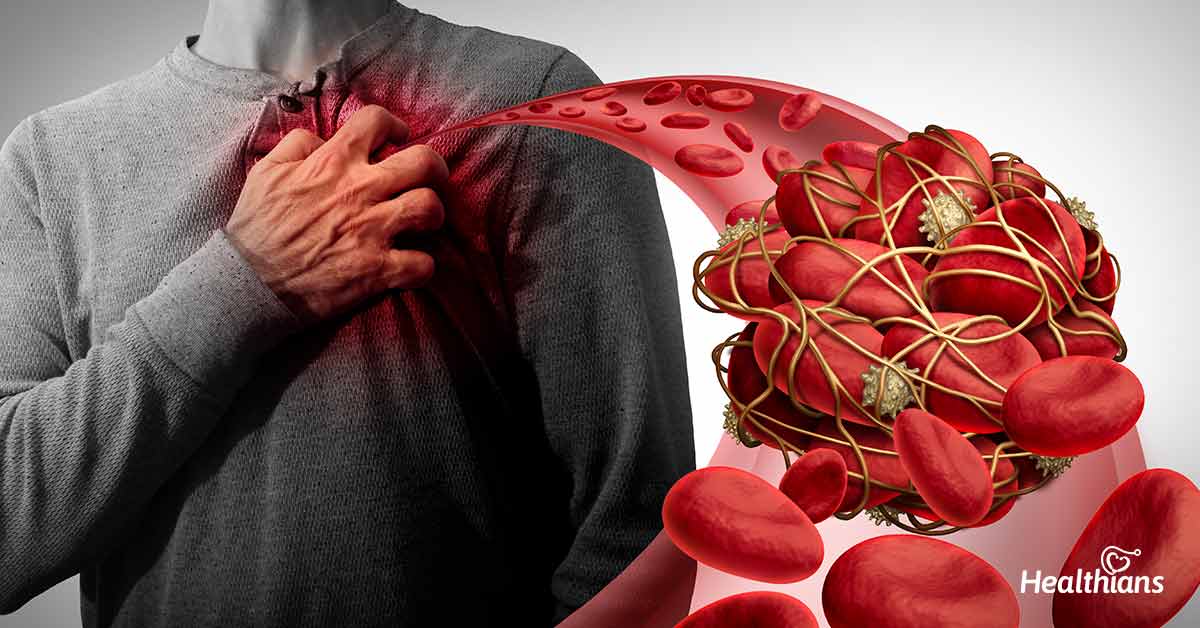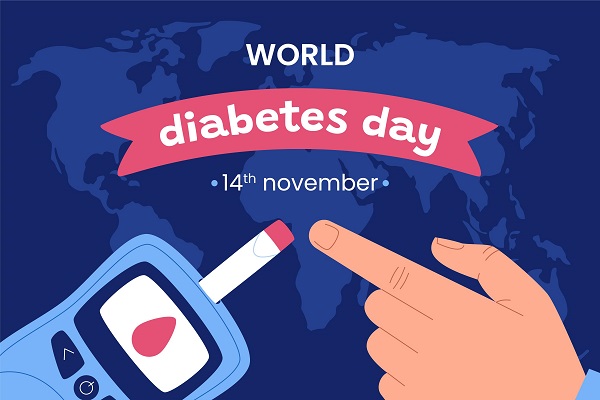Contributed by: Abshar Faheem
Understanding bleeding disorder
Bleeding disorder, also known as coagulopathy is a rare condition that changes the way your body regulates blood clotting. Clotting, also referred to as coagulation, is a process that transforms your blood from a liquid state to a solid one. If your blood doesn’t clot ordinarily, you may get problems with bleeding too much after an injury or surgery. When you get cut or injured, your blood usually begins to clot to stop a heavy loss of blood.
Sometimes, certain conditions stop blood from clotting properly which can result in heavy or continued bleeding. Bleeding disorders can lead to abnormal bleeding both inside and outside the body. Certain bleeding disorders can enhance the quantity of blood leaving your body while others can cause bleeding under the skin or vital organs including the brain. Your coagulation system should be balanced means too much bleeding or too much clotting is harmful to your health.
Causes of bleeding disorder
The bleeding disorder occurs when your blood is unable to clot properly. Your blood needs blood cells (platelets) and blood proteins also known as clotting factors for clotting. In normal conditions, these blood cells or platelets cluster together to develop a plug at the place of injured blood vessels. Then blood proteins or clotting factors come together to develop a fibrin clot. This keeps the blood cells on the injured site and prevents the blood from moving out of the blood vessels.
Any problem that changes the function or number of clotting factors or platelets can lead to a bleeding disorder. Hence, clotting factors or platelets do not function properly or may be in short supply in people who have bleeding disorders. When the blood does not clot properly, you are likely to get excessive or prolonged bleeding. Sometimes, sudden bleeding may also occur in other parts of the body including muscles and joints. Most of the abnormal bleeding disorders are inherited which means you may get it from your family member. Your genes give instructions for how each clotting factor is made.
If there is a variation in the gene, then the clotting factor may be made incorrectly or not at all. It may be acquired means you get it during your life. You may also get it due to certain medical conditions including liver disease, medicines, and procedures. Medical conditions and medicines that cause bleeding disorders make your body produce proteins, called antibodies or inhibitors, that may attack clotting factors.
Other causes of a bleeding disorder include
- A low number of red blood cells in your body
- A deficiency of vitamin K
- Side effects of certain medication including blood thinners
Types of bleeding disorder
Bleeding disorders can be both inherited and acquired. In some bleeding disorders, you may get excessive bleeding after an injury or accident while in other disorders you may also get heavy bleeding suddenly or without any reason. Both acquired and inherited disorders include various types of bleeding disorders.
Types of acquired bleeding disorder
- Disseminated intravascular coagulation (DIC)
- Liver disease–associated bleeding
- Vitamin K deficiency bleeding
- Von Willebrand disease and hemophilia
- Deficiency of certain factors include I, II, and IV
- Tangles of blood vessels (Arteriovenous malformations)
Types of the inherited bleeding disorder
- Combined deficiency of the vitamin K-dependent clotting factors
- Hemophilia A
- Hemophilia B
- Hemophilia C
- Von Willebrand disease (VWD)
- Other inherited bleeding disorder also include deficiency of I, II, V, V+ VIII, VII, X, XI, or XIII
- Hereditary hemorrhagic telangiectasia
Symptoms of bleeding disorder
The symptoms of the bleeding disorder can vary from person to person. Not all patients with a bleeding disorder have all the symptoms. However, the main symptoms include
- Frequent and prolonged nosebleed
- Recurrent bleeding of the gums
- Excessive menstrual periods
- Prolonged bleeding after a needlestick
- Excessive bleeding after surgery
- large palpable bruise
- Bleeding into joints
- Blood in urine or stool
- Heavy bleeding after giving birth
- Redness, swelling, stiffness, or pain
- Umbilical stump bleeding
Experiencing these symptoms does not necessarily mean you have a bleeding disorder. However, if you experience prolonged bleeding you should talk to your healthcare provider right away. Your healthcare provider will diagnose your condition and may assist you to prevent complications you may get from bleeding disorders.
Complications of bleeding disorder
Complications can be serious and life-threatening including
- Bleeding in the brain or central nervous system
- Bleeding in the throat
- Bleeding in the abdomen
- Damaged joints
- Hard masses in the bones
- Miscarriage
Risk factors of bleeding disorder
You may have an increased risk for bleeding disorders because of your
- Age can be a risk factor as a newborn baby is more likely to get bleeding disorder than adults as it develops a deficiency of vitamin K. However, bleeding disorders can occur at any age as acquired hemophilia occurs generally with older people
- Family history and genetics can play a role in the occurrence of your bleeding disorder if anyone in your family member had it.
- Other medical conditions include blood transfusion, cancer, immune disorders, liver disease, pregnancy, postpartum bleeding, trauma, skin conditions, and so on.
- Sex may also contribute to your risk of getting a bleeding disorder. Hemophilia is more common in men however, women are also at increased risk of getting acquired hemophilia during and post-pregnancy.
Diagnosis and treatment of the bleeding disorder
Your healthcare provider may start to diagnose your bleeding disorder, its sharpness, and whether it is inherited or acquired based on your signs and symptoms, risk factors, medical and family history, a physical exam, and blood tests. The blood tests may include a complete blood count, platelet aggregation test, and a bleeding time test.
Your treatment may vary as per your bleeding disorder and its sharpness. However, treatment cannot cure the bleeding disorder; it can only reduce or relieve the symptoms you get with a bleeding disorder. Your bleeding disorders may affect various parts of the body, so you may need a group of different doctors for your proper care. The group may include a hematologist, a doctor who specializes in blood disorders.
The group may also include a specialized nurse, physical therapist, and social worker. You and your healthcare team may develop a treatment plan that is best for you depending on the type of bleeding disorder you might have. For the treatment, they may include medicines, blood transfusion, topical sprays, and factor replacement therapy.
Factor replacement therapy is a kind of therapy where clotting factors obtained from blood donations or made in the lab are supplied to replace the missing clotting factor. The factor replacement therapy includes Bypassing medicines, clotting factor concentrates, and fresh frozen plasma.
The bottom line
For people with bleeding disorders, they must follow their treatment plan, receive routine care, maintain a healthy lifestyle, and learn how to lower their risk of complications. They should learn the steps they need to take if they have a child with a bleeding disorder. Women experiencing bleeding disorders require unique needs, especially during pregnancy. We hope you find this article useful for yourself.




